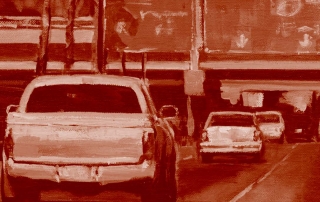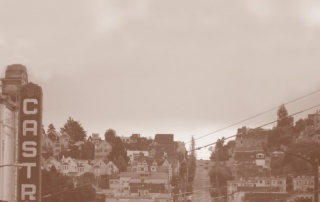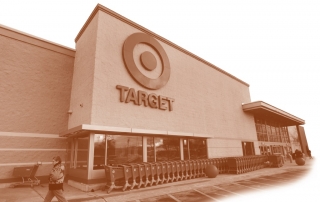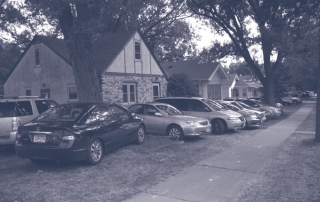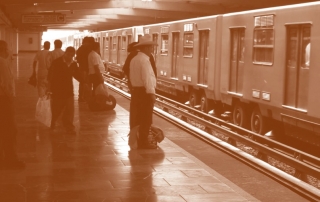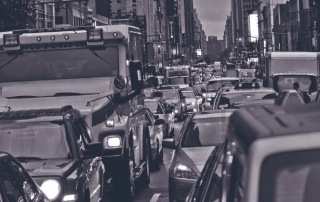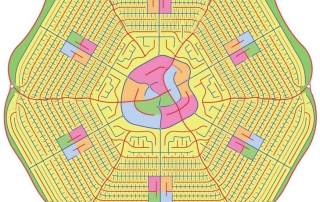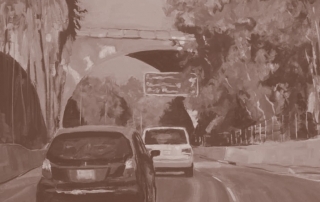ACCESS 46, Spring 2015
Introduction: The Road Less Traveled
John A. Mathews
When I used to think of people biking to work, I pictured sweaty MAMILs (middle-aged men in Lycra) on ultra-light road bikes—riders who finished the Tour de France and then changed for their morning staff meeting. The reality is that not many people who bicycle are professional cyclists. I certainly don’t have an ultra-light road bike and a closet filled with polyurethane fiber. I just have my trusty 15-year-old mountain bike, and a cotton shirt or two.

